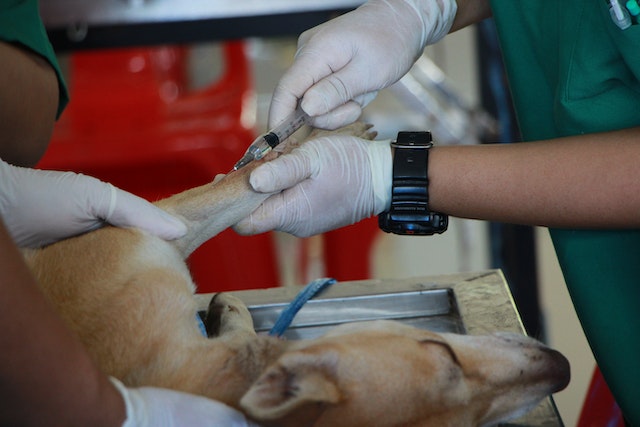Introduction: What is a carbon footprint?
A carbon footprint is the total amount of greenhouse gases emitted by an individual, event, organization, or product. Greenhouse gases, like carbon dioxide and methane, trap heat in the atmosphere and contribute to global warming. The impact of a person’s carbon footprint can be significant: The average American emits 16 tons of carbon dioxide each year!
Fortunately, there are many things we can do to reduce our carbon footprints and help protect the environment. Here are a few tips:
1. Drive less. Carpool, ride your bike, or take public transit whenever possible.
2. Save energy at home. Turn off lights when you leave a room and set your thermostat a few degrees lower in the winter and higher in the summer.
3. Recycle and compost. This reduces the amount of waste that goes into landfills, where it emits methane gas – a potent greenhouse gas.
4. Eat less meat. Meat production is a major source of greenhouse gas emissions. Consider eating more fish, tofu, legumes, and other plant-based foods instead.
5. Buy energy-efficient products. When it’s time to replace appliances or electronics, look for models with Energy Star labels – they use less energy than standard models and will save you money on your utility bills too!
The average person’s carbon footprint
The average person’s carbon footprint is the total amount of greenhouse gas emissions that they are responsible for. There are a number of ways to reduce your carbon footprint, including:
-Reducing the amount of energy you consume at home by making simple changes like switching to LED light bulbs and using power strips.
-Cutting back on driving by carpooling, taking public transportation, or riding your bike when possible.
-Working from home more often.
-Eating less meat and dairy and choosing local, organic, and seasonal food options.
-Minimizing waste by recycling and composting.
How to reduce your carbon footprint
There are a number of things you can do to reduce your carbon footprint and help protect the environment. Here are some tips:
1. Drive less. This is probably the single most effective thing you can do to reduce your carbon footprint. If you can walk, bike, or take public transportation instead of driving, do it.
2. Use energy-efficient appliances and light bulbs. LED light bulbs use much less energy than incandescent bulbs, for example.
3. Reduce your water consumption. Take shorter showers, for instance, and water your plants during the cooler hours of the day so evaporation doesn’t waste as much water.
4. Recycle and compost as much as possible. This reduces the amount of waste that goes into landfills, where it emits methane gas – a potent greenhouse gas.
5. Buy locally produced food when possible. Food that has to be shipped long distances has a bigger carbon footprint than food that’s produced locally.
Why reducing your carbon footprint is important
When it comes to climate change, we often think about our personal impact in terms of how much energy we use at home or how often we fly. But the truth is, our carbon footprint is determined by much more than our daily habits. In fact, according to the Environmental Protection Agency (EPA), the United States’ total emissions for 2016 were 6,511 million metric tons of carbon dioxide.
So what exactly is a carbon footprint? And why should we care about reducing ours? Here’s a quick guide to help you better understand this important issue.
A carbon footprint is the total amount of greenhouse gases emitted by an individual, company, event, product or country over a specific period of time. Greenhouse gases like carbon dioxide (CO2) and methane trap heat in the atmosphere and contribute to global warming.
There are two types of emissions: direct and indirect. Direct emissions come from activities that release greenhouse gases into the air, such as burning fossil fuels for electricity or transportation. Indirect emissions are a result of manufactured products and services that require energy to create – for example, generating power for an iPhone or flying a plane.
Every person on Earth has a carbon footprint, and the average U.S. citizen’s Footprint is 16 tons of CO2 per year – one of highest levels worldwide. The good news is that there are many things we can do as individuals to reduce our impact and help protect the
Conclusion
Taking steps to reduce your carbon footprint is one of the most important things you can do to protect and preserve the environment. Every small action adds up, so even if it feels like a drop in the bucket, it’s still doing its part. The tips outlined in this article are just some of many ways to help lower your carbon footprint and make an impact on our planet. Let’s all work together to create a cleaner future for everyone!










